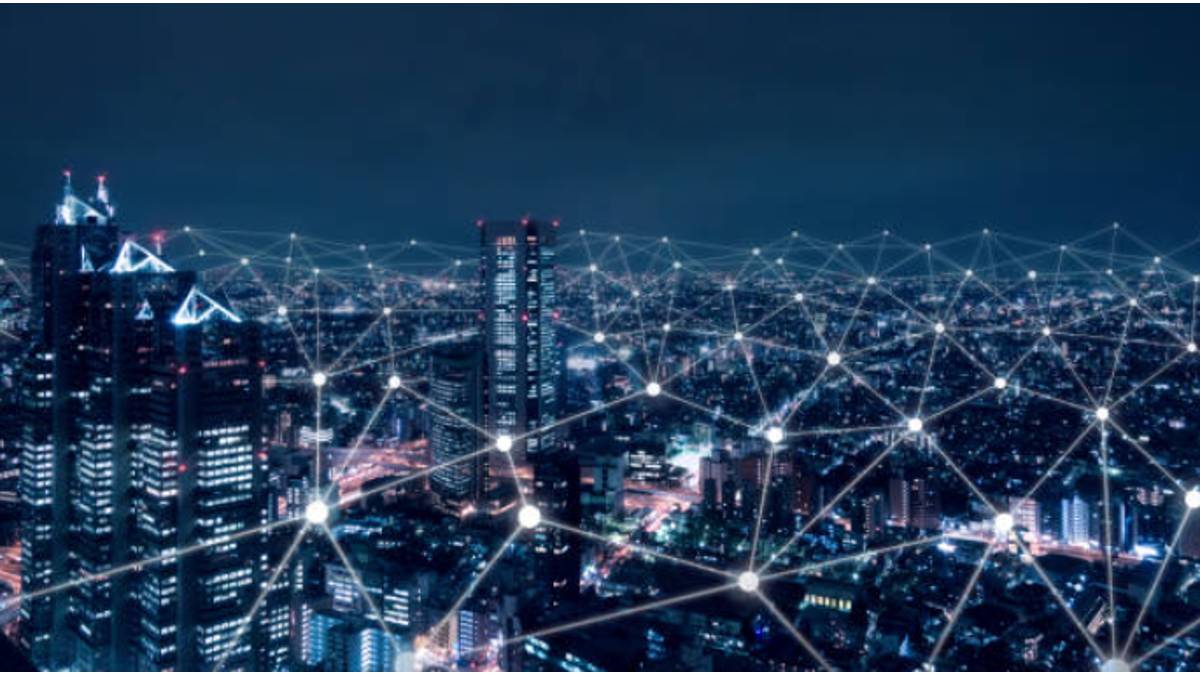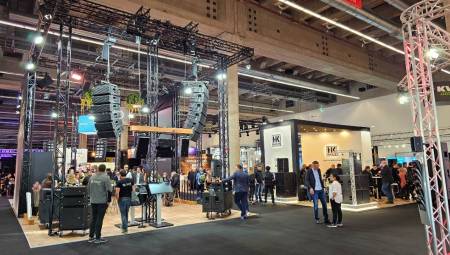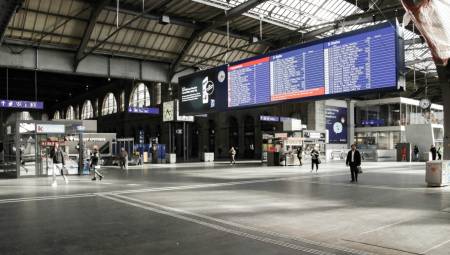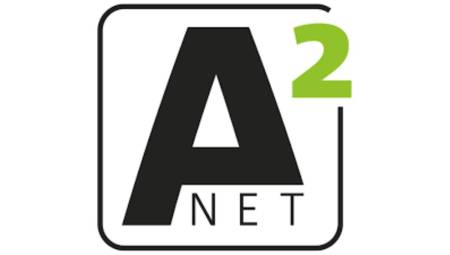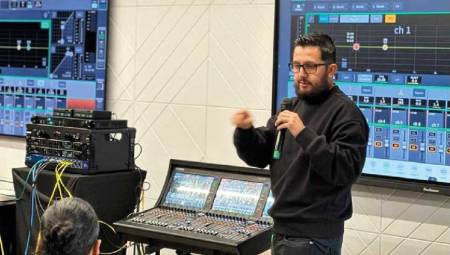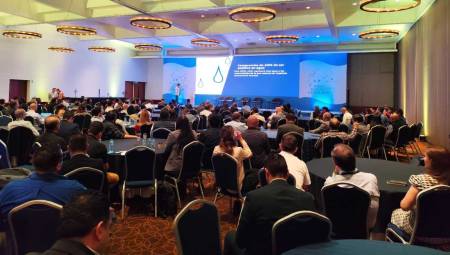Latin America. The constant connection between people from all over the world is a fact. The Internet and all its edges are growing every day, and in that line, the IoT -Industrial Internet of Things- is no exception.
In fact, in Latin America it is increasingly strong, evolving, in the creation of platforms, services, applications and in the connection of devices. Regarding this, as estimated by the consultancy Statista, by 2023 there will be 996 million connected devices in the region, and 1,200 million connections by 2025, of which about 64% will be for consumers, including devices for smart homes, wearables and autonomous vehicles, among others.
This technology is also an extremely valuable tool for companies, since through it they can achieve objectives and meet specific business needs in specific verticals, such as:
- Real-time shipment tracking and identification of available locations in warehouses and warehouses in the logistics sector.
- Preventive maintenance of equipment and machines in industrial plants.
- Monitoring of different variables to improve the quality and sustainability of agricultural crops and stored production.
- Remote control of patients in the field of health.
- More efficient inventory management in retail.
- Increase safety in factories or public spaces.
"In addition, from the data collected by sensors and devices, and the analytics solutions that process them, companies can gain efficiency and get to know their customers more in depth, thus providing them with more personalized services," explains Andrés Alexander, SVP Regional Cluster of Services and Cloud of BGH Tech Partner , an organization that has a specific area that serves industrial IoT implementations so that companies can transform their business into a more connected information ecosystem.
In this context, according to a survey of firms in Argentina, Chile, Colombia and Mexico, 47% are already in the process of implementing IoT, while 35% plan to invest in ioT projects during this 2022. Among them, the adoption by segments the leadership corresponds to utilities (56%), followed by manufacturing (48%). And in terms of business areas served by IoT initiatives, logistics and supply chain takes the lead (48%), followed by production (41%) and operations (34%).
"While there are already many benefits that this technology can offer to people and companies, there are still important challenges ahead, since for the IoT to be deployed efficiently and massively, 'sophisticated infrastructures are required in all sectors and industries'", concludes Alexander of BGH Tech Partner.



